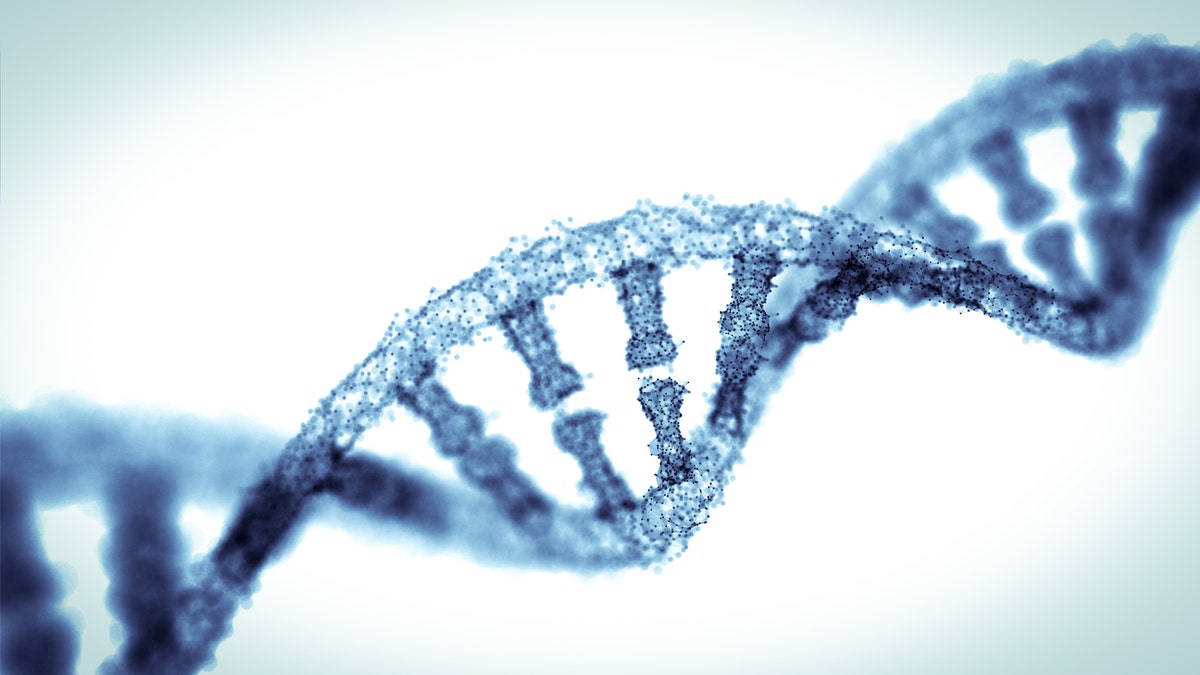
blue double helix models on background (from2015)
Game-changing DNA-editing technology intended to rid patients of diseases may cause cancer, according to two studies.
The danger with the CRISPR editing tool occurs specifically when CRISPR-Cas9 is used to replace a disease-causing gene with a healthy one.
One study by the Karolinska Institutet and another one by Novartis, both published Monday in the journal Nature Medicine, suggest that a successful CRISPR-Cas9 edit may indicate that the modified cell lacks a cancer-suppressing protein, thereby increasing a patient’s risk.
The protein, called p53, acts as the body’s cellular “first aid” kit and also causes some CRISPR edits to fail. Since CRISPR-Cas9 works like scissors to snip strands of DNA, the cut can also trigger p53 to swoop in and either repair the broken cell — or make it self-destruct.
“By picking cells that have successfully repaired the damaged gene we intended to fix, we might inadvertently also pick cells without functional p53,” said Emma Haapaniemi, a co-author of the Karolinska Institutet study.
“If transplanted into a patient, as in gene therapy for inherited diseases, such cells could give rise to cancer, raising concerns for the safety of CRISPR-based gene therapies.”
P53 dysfunction causes significant cancer risk. It’s responsible for almost half of ovarian cancers, 43 percent of colorectal cancers and a significant number of lung, pancreatic, stomach, liver and breast cancers, according to Stat News.
Does CRISPR-Cas9 do more harm than good?
Although p53 mutations greatly increase the risk of cancer, the findings are a reason to be cautious and not for full-blown alarm.
Bernhard Schmierer, a researcher with the Karolinska Institutet, called CRISPR-Cas9 a “powerful tool with staggering therapeutic potential,” before highlighting the possible risks.
“Like all medical treatments however, CRISPR-Cas9-based therapies might have side effects, which the patients and caregivers should be aware of. Our study suggests that future work on the mechanisms that trigger p53 in response to CRISPR-Cas9 will be critical in improving the safety of CRISPR-Cas9-based therapies,” he said in a statement.
Schmierer told Stat News that “it is unclear if the findings translate into cells actually used in current clinical studies.”
The type of genetic modification researched in the studies, known as gene correction, is also merely one of CRISPR-Cas9’s capabilities.
It can also be used to edit genes through disruption, instead of outright replacement, even when p53 is functioning properly. This type of gene disruption — called non-homologous end joining — is being used in sickle-cell and thalassemia trials.
This story originally appeared in the New York Post.








































